Some developed countries abroad have carried out a series of active
explorations in recycling and processing waste batteries and accumulated a lot
of good experience.
The United States, Japan, the European Union and other regions do not treat
ordinary dry batteries used in daily life as hazardous waste, and there are no
laws mandating the separate collection and disposal of ordinary dry batteries.
Battery (sub)industry associations and individual cities in a few developed
countries once organized ordinary dry battery collection activities, but now
there are very few places where such activities are carried out. Japan and
Switzerland each have one waste battery recycling factory. They used to process
ordinary waste batteries containing mercury, but now they mainly process
rechargeable batteries. Due to the small total amount of waste batteries, part
of the facility's production capacity is idle. Germany places collected used
batteries in abandoned mines.
In terms of battery management policies, the policies of developed
countries can be summarized into two categories.
The first category is for ordinary dry batteries. The government requires
manufacturers to gradually reduce the mercury content in batteries and
eventually bans the addition of mercury to batteries. This requirement is part
of the phase-out of all mercury-containing products and processes (such as those
using mercury as a catalyst), not just for the battery industry. Now, almost all
developed countries ban the addition of mercury to batteries. There is no
compulsory separate collection and disposal of discarded ordinary dry batteries.
If a city or enterprise voluntarily collects and processes (or utilizes) it
alone, the state neither encourages nor restricts it.
The second type of policy is for rechargeable batteries. Pass legislation
requiring manufacturers to phase out batteries containing cadmium. At present,
nickel-metal hydride batteries and lithium batteries are gradually replacing
nickel-cadmium batteries. Electronics manufacturers associations in some
countries have carried out rechargeable battery recycling work, and the results
have been significant. This is mainly because the total consumption of
rechargeable batteries is relatively small (compared to ordinary dry batteries);
the application range is smaller, and it is easy to collect by replacing old
ones with new ones; and the recycling value is high. This type of waste battery
collection is relatively easy.
According to environmental experts, in order to strengthen the recycling
management of waste batteries, Germany has implemented new regulations on waste
battery recycling management. The regulations require consumers to send used dry
batteries, button batteries and other types of batteries to stores or waste
recycling stations for recycling. Stores and waste recycling stations must
unconditionally accept used batteries and transfer them to processing
manufacturers for recycling. At the same time, they also implement a deposit
system for toxic nickel-cadmium batteries and mercury-containing batteries. That
is, consumers purchase each battery with a certain deposit. When consumers
replace used batteries, the deposit can be automatically deducted from the
price.
In terms of the treatment of waste batteries, there are two factories in
Switzerland that specialize in processing and utilizing old batteries. One of
the factories grinds the old batteries and then sends them to a furnace for
heating. At this time, the volatilized mercury can be extracted and the
temperature will be higher. Zinc also evaporates at high temperatures, and
manganese and iron fuse to form the ferromanganese alloy required for
steelmaking. This factory can process 2,000 tons of waste batteries a year and
obtain 780 tons of manganese ferroalloy, 400 tons of zinc and 3 tons of mercury.
Another factory extracts iron directly from batteries and sells metal mixtures
such as manganese oxide, zinc oxide, copper oxide and nickel oxide directly as
metal scrap.
A "wet treatment" device was built in the suburbs of Magdeburg, Germany. In
addition to lead-acid batteries, all types of batteries are dissolved in
sulfuric acid, and then various metals are extracted from the solution with the
help of ionic resin. Using this method The raw materials obtained are purer than
the heat treatment method, so they sell at a higher price on the market.
Moreover, 95% of the various substances contained in the battery can be
extracted, and the sorting process can be omitted. The annual processing
capacity of this device can reach 7,500 tons.
Nomura Kosan Co., Ltd., built in the mountains of Hokkaido, Japan, is
mainly engaged in the processing of waste batteries and waste fluorescent lamps.
They purchase 13,000 tons of waste batteries from across the country every year,
93% of which are collected through private environmental protection
organizations, and 7% through various manufacturers. This business started in
1985 and the purification volume has been increasing. In the past, the main
purpose was to recycle the mercury, but now domestic batteries in Japan no
longer contain mercury. The main purpose is to recycle the iron casings and
other metal raw materials of the batteries, and to develop and manufacture
secondary products. For example, one of the products can be used in the display
of TV sets. Like tube.
In addition, some countries have also formulated some related policies. For
example, after used batteries in the United States and Japan are recycled and
handed over to companies for processing, the government will provide a certain
subsidy for each ton processed; battery manufacturers in South Korea must pay a
certain amount of deposit for each ton produced to cover the costs of recyclers
and processors, and Designate a dedicated factory for processing. Some countries
impose environmental management taxes on battery production companies or provide
tax reductions and exemptions to waste battery processing companies.
Read recommendations:
803040 1000MAH 3.7V
Lithium battery chemistry nature.L1022 battery
High-efficiency solar cell growth soars; conversion technology is key
522749 battery wholesaler
18650 battery 3500mah

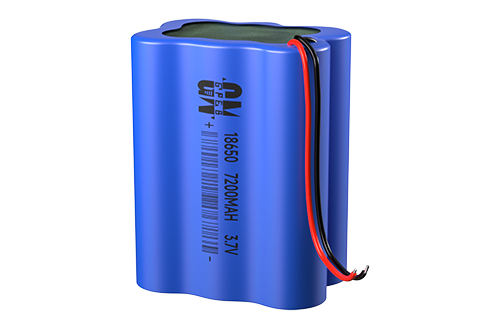

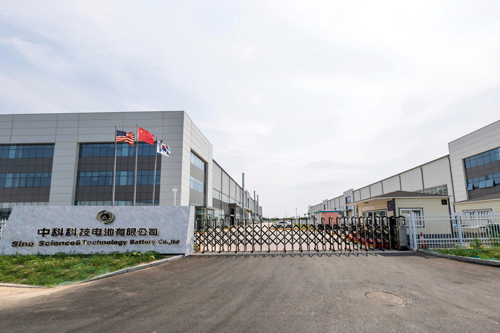



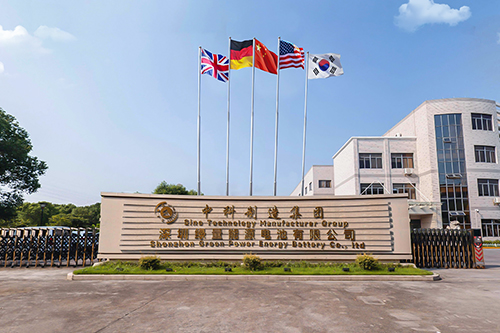

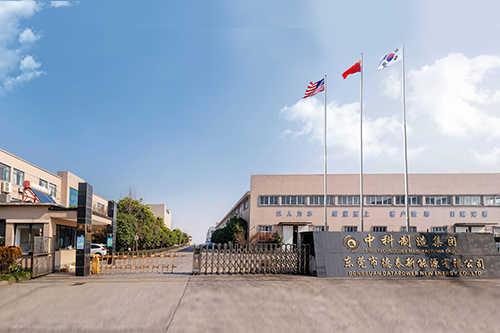



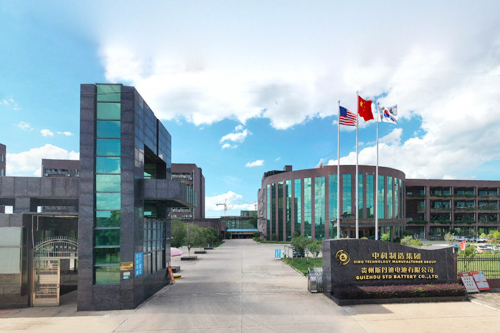






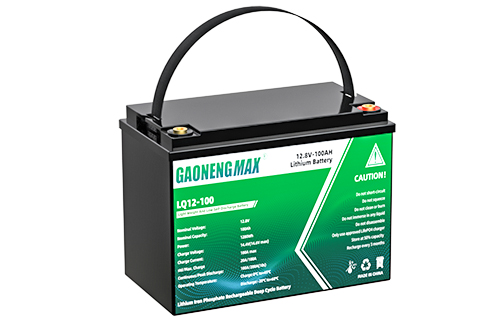


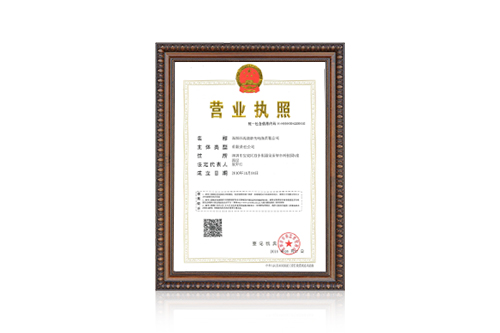

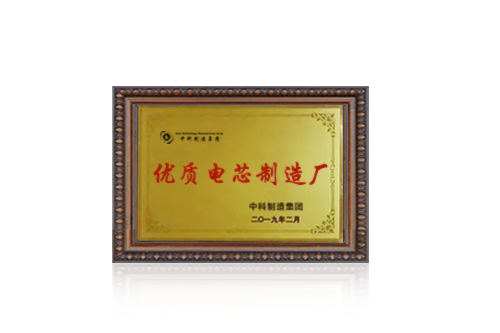
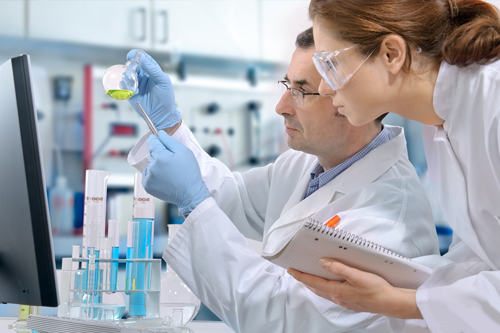


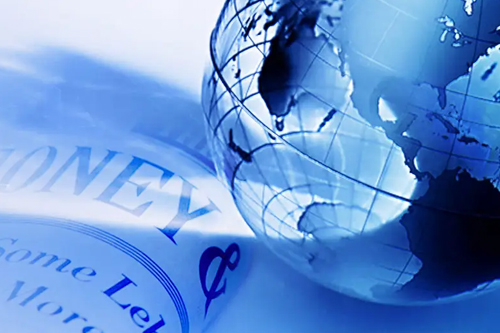













 360° FACTORY VR TOUR
360° FACTORY VR TOUR
 Whatsapp
Whatsapp
 Tel
Tel Email
Email TOP
TOP